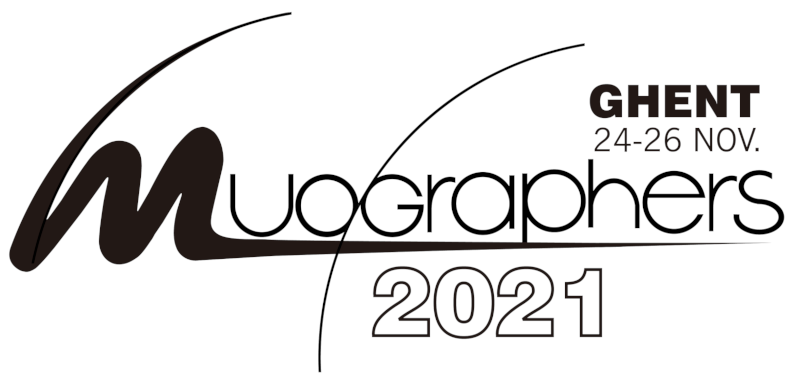Speakers
Description
Cosmic-ray muons which impinge upon the Earth’s surface can be used to image the density of geological and man-made materials located above a muon detector. The detectors used for these measurements must be capable of determining both the muon rate and angle of incidence. Applications of this capability include geological carbon storage, natural gas storage, enhanced oil recovery, compressed air storage, oil and gas production, tunnel detection, and detection of hidden rooms in man-made structures, such as the pyramids. For these applications the detector must be small, rugged, and have operational characteristics which enable use in remote locations, such as low power requirements. A new muon detector design is now being constructed to make measurements on the Khafre pyramid to look for unknown voids that might exist in the structure. The new detector design uses plates of scintillator with fiber optic readout to obtain position information. This design will meet the operational requirements, while also providing a geometry which can be modified for different measurement conditions.
